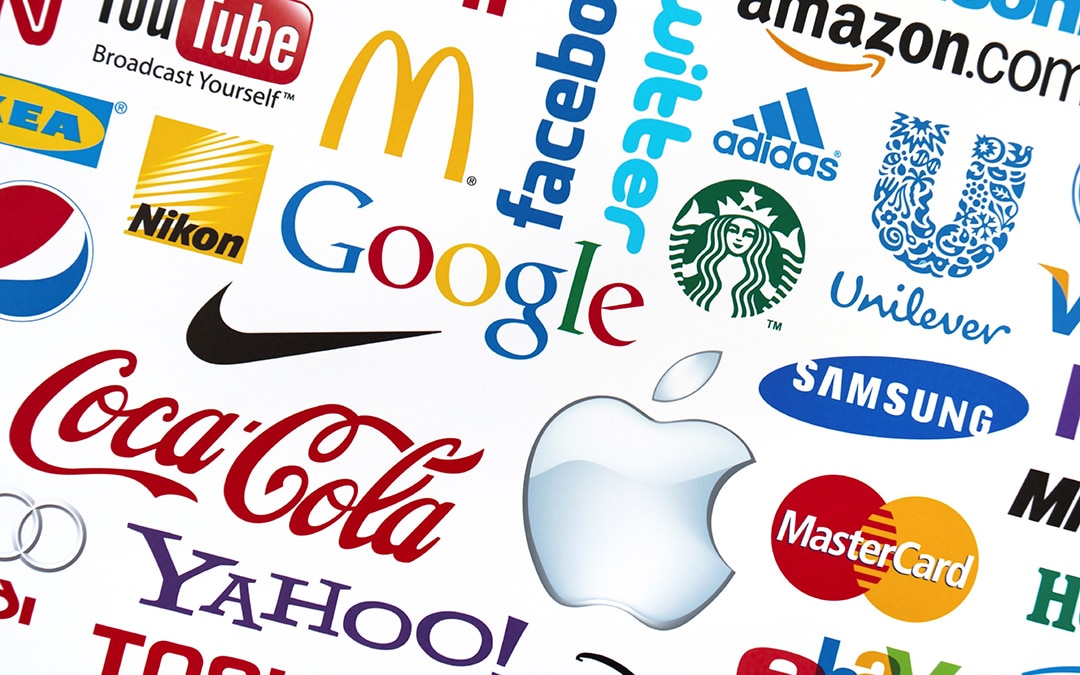This article was produced exclusively for Mailers Hub by Stacy O. Stitham and Adam Mooney of Brann & Isaacson.
We could easily fill an entire volume about copyright law, with a second devoted to trademark topics. With much less space and time at our disposal, we will focus on a few niche areas that may have particular relevance to a business engaged in design work (including mailpiece design) on behalf of its clients.
Copyright: Works for Hire
When one individual or entity engages another to create an artistic work, the question arises as to who owns the work – the creator or the client? The answer turns on a copyright doctrine known as work for hire. When a design or other artistic creation is considered a “work for hire,” intellectual property rights in that subject vest not in the creator but in the commissioner.

If there is an employee/employer relationship, the presumption is that the employer is the owner. (17 USC § 101 defines a work made for hire as “a work prepared by an employee within the scope of his or her employment.”)
If there is instead an independent contractor relationship between the parties, the presumption swings the other way. Id. (a work made for hire is “a work specially ordered or commissioned for use as a contribution to [another type of work defined by statute] if the parties expressly agree in a written instrument signed by them that the work shall be considered a work made for hire.”). Put differently, when engaging a third-party non-employee to do design work, the client must either spell out in a contract that they retain the artistic rights or forfeit them.
In the case of a work for hire, “the employer or other person for whom the work was prepared is considered the author for the purposes of [the federal Copyright Act], and, unless the parties have expressly agreed otherwise in a written instrument signed by them, owns all of the rights comprised in the copyright.” Id. § 201(b).
As such, classification as a work for hire is important not only for the initial copyright ownership, but also for the duration of the copyright, the renewal rights, the termination rights, and the right to import certain goods using the copyright. The second type of work for hire – where the parties expressly agree in a written agreement – tends to be straightforward, because both parties know (thanks to the contract) who will be the copyright owner.

Issues arise, however, around the first type: works prepared by employees within the scope of their employment. The main sticking point here is often whether the creator of the work was an employee (and the work is therefore by default a work for hire) or an independent contractor (in which case a contract is required).
When determining whether an individual is an employee or an independent contractor for the purposes of the work-for-hire doctrine, courts will use the general common law of agency, which looks at numerous factors (including the duration of the relationship between the parties, the extent of the hired party’s discretion over when and how long to work, and the tax treatment of the hired party).
The typical arrangement between a designer commissioned to do a mailpiece design or other brand-identifying project for a client is that the client should own the resulting work. If so, a contract will be needed expressly identifying that state of affairs – the third-party design business will almost never be an employee of the client for purposes of the presumption that an employee creating works within the scope of their employment creates them on behalf of the owner.
On the other hand, if the designer is intended to retain ownership of the creation, then no contract language is likely needed as the presumption will lie in favor of the creator having rights to their own work, absent an employee/employer relationship.
Trademarks: Words, Symbols, and Images in Design Work
In the trademark context, the words, images, and symbols chosen when designing a mark are extremely important – they are the bones of the trademark itself. The flagship feature of a trademark’s design is its distinctiveness; how distinctive a trademark is will determine whether it is registerable with the Trademark Office and, following that, whether it receives protection under the federal Lanham Act.
Over time, courts have developed a “spectrum of distinctiveness” to determine whether a mark is registerable. Should a trademark fall on one of the lowest two tiers on this spectrum (generic and descriptive), then it is not registerable (or, in the case of a descriptive mark, not registerable without a showing that customers associate the term with a specific brand).
A generic mark is a term that has lost its source-identifying function and serves as the ordinary word for a category of product/service (think “escalator” for any moving staircase), and a descriptive mark is a term that merely describes a characteristic or function of the product/service (think “Kentucky Fried Chicken”). Should a trademark fall on one of the three highest tiers on this spectrum (suggestive, arbitrary, and fanciful), then it will be registerable. A suggestive mark evokes an image of a quality or aspect of the product/service and does more than describe (think “Jaguar” for a speedy car brand), an arbitrary mark has little obvious connection to the product/service (think “Apple” for computers), and a fanciful mark is a made-up word used only to represent the product/service (think “Starbucks”). Though the line between descriptive and suggestive can seem fuzzy, the general rule of thumb is that a term is suggestive if it requires imagination, thought, and perception to reach a conclusion about the nature of the goods, whereas a term is descriptive if it conveys an immediate idea about the goods.

Another important consideration, particularly for symbols and images used in the trademark context, is the notion of “mere ornamentation.” If a mark is merely decorative or ornamental, it will not be registerable – because it does not function as a source-identifying trademark (think a T-shirt with a picture of a sunset and the word “Sunset” emblazoned on the front).

On the contrary, a mark that serves primarily as an indicator of source and is only incidentally ornamental or decorative can be registered as a trademark (think an apparel tag with the same image/word). The main factors considered when determining if a mark is merely ornamental or serves primarily as an indicator of the source is the commercial impression of the mark, the relevant practices of the trade, the existence of a secondary source, and evidence of distinctiveness.
Distinctiveness and mere ornamentation are two concepts that should be at the front of mind when considering the use of words, images, and symbols in the design of a trademark. If the use of words, images, and symbols is not distinctive enough, when measured on the spectrum of distinctiveness, then it will not be registerable with the USPTO – reducing the protection it receives (and potentially embarrassing you in front of the client you are seeking to serve). In the same vein, if the use of images and symbols is merely ornamental (and not serving primarily as an indicator of source), then the mark will not be registerable.
Therefore, one must be careful when designing a brand-identifying trademark to ensure that the mark is sufficiently distinctive and serves primarily as a source indicator, or the full extent of protection under the Lanham Act will not be available – which could lead to others using the mark without repercussions.
Conclusion
In sum, niche aspects of intellectual property law can trip up those who do work for business clients. The negative consequences of not understanding the work-for-hire doctrine, or not choosing and using distinctive words, symbols, and images in a source-identifying fashion for design work, can be substantial and can result in the loss of intellectual property rights.
We look forward to discussing these issues and answering your questions on our August 22 webinar.


